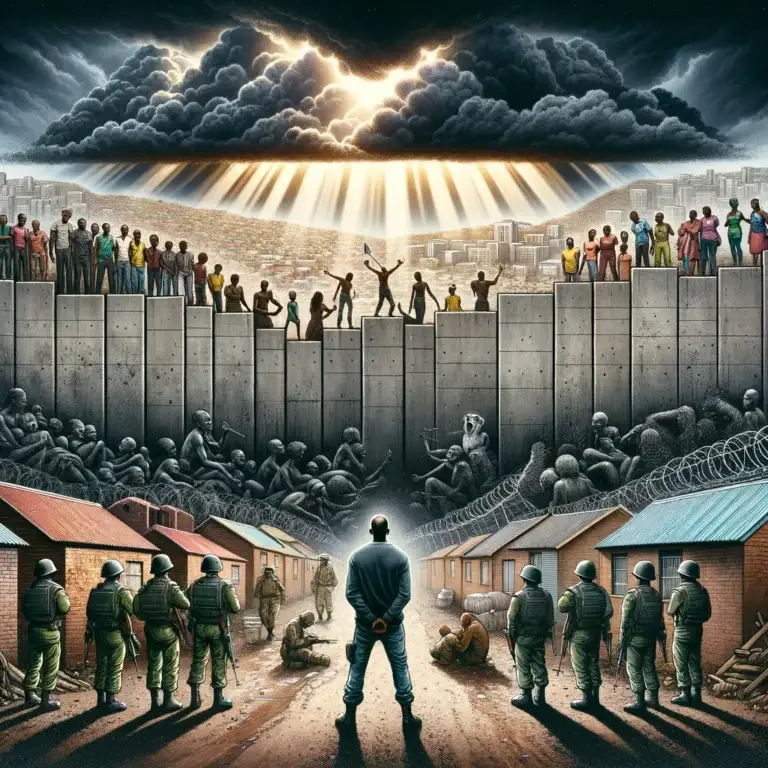Apartheid

Table of Contents
What is Apartheid?
Apartheid was a system of institutionalized racial segregation and discrimination that existed in South Africa from 1948 to the early 1990s. Implemented by the National Party government, apartheid sought to maintain white minority rule by enforcing strict racial classifications and denying basic rights to non-white South Africans.
This system enforced racial segregation in all aspects of life, including education, healthcare, housing, and employment. Nelson Mandela and the African National Congress (ANC) led the resistance against apartheid, culminating in Mandela’s release from prison in 1990 and the subsequent dismantling of apartheid laws. Mandela’s election as South Africa’s first black president in 1994 marked the end of apartheid and the beginning of a new era of democracy and reconciliation.
History of Apartheid
Apartheid was a system of institutionalized racial segregation and discrimination enforced by the National Party government of South Africa from 1948 to 1994.
The term “apartheid” is derived from Afrikaans and means “apartness” or “separateness.”
The apartheid regime classified South African citizens into racial groups, primarily white, black, colored (mixed race), and Indian. It enforced strict laws that restricted the rights and movement of non-white citizens.
The Group Areas Act of 1950 designated specific residential areas for different racial groups, leading to the forced removal of non-white communities from their homes to segregated neighborhoods.
The Pass Laws required black South Africans to carry identity documents (known as passes) at all times and restricted their movement to certain areas designated for their race.
The apartheid government established separate educational systems, healthcare facilities, and public services for different racial groups, with vastly unequal resources allocated to white and non-white communities.
The Bantu Education Act of 1953 introduced a separate and inferior education system for black South Africans aimed at preparing them for menial labor rather than professional careers.
Resistance to the system of racial segregation grew over the years, with organizations like the African National Congress (ANC), Pan Africanist Congress (PAC), and South African Communist Party (SACP) leading protests, strikes, and boycotts against the regime.
International condemnation of the segregation led to economic sanctions and diplomatic isolation of South Africa. The United Nations General Assembly also adopted the International Convention on the Suppression and Punishment of the Crime of Apartheid in 1973.
Apartheid officially ended with the first democratic elections in 1994, in which Nelson Mandela, leader of the ANC, was elected as the first black president of South Africa. Mandela’s government dismantled apartheid laws and implemented policies of reconciliation and nation-building.
Related Links
Abolitionism
Civil Rights Movement
Colonialism
Jim Crow Laws